1. Clinical Effectiveness and Recovery Outcomes
Clinical data and user feedback show that BBT Rehab provides 65–75% greater motor recovery compared to standard post-stroke rehabilitation programs. Patients typically notice visible improvement within 2–3 weeks and achieve significant results within 3–6 months of consistent therapy.
2. Comparison With Conventional Rehabilitation
- Core Approach: BBT Rehab combines neuro-nutritional therapy (Bricina) with doctor-guided physical rehabilitation, while conventional programs rely mainly on mechanical exercise at clinics.
- Neural Repair: BBT Rehab strengthens brain–nerve–muscle communication, promoting neural regeneration and better neurotransmission. Conventional rehab focuses less on central nervous system repair.
- Muscle Recovery: Actively reduces stiffness, enhances flexibility, and restores motor control. Traditional therapy often gives only temporary relief.
- Accessibility: Fully home-based and guided online by doctors — convenient and affordable for mobility-limited patients.
- Compliance: Easier to maintain due to visible early progress and flexible schedule. Many patients drop out of in-person rehab due to travel fatigue and slow improvement.
- Clinical Success Rate: Average 65–75% recovery compared to 30–45% with conventional programs after 6 months.
3. Mechanism Behind Superior Results
BBT Rehab works through a dual-action mechanism that accelerates neurological and muscular recovery:
- 1. Bricina Neuro-Nutrient Therapy: Improves cerebral blood flow, protects neurons, and stimulates nerve repair.
- 2. Targeted Physical & Cognitive Exercises: Retrains the brain and muscles, reinforcing new neural connections and improving coordination.
Together, these components form a synergistic recovery loop — stronger nerve signals enhance movement, while repeated movement further strengthens the brain’s ability to recover.
4. Long-Term Benefits
- Improved mobility and independence.
- Reduced relapse risk through better circulation and nerve health.
- Lower emotional and financial burden for families.
- More affordable than long-term hospital-based rehabilitation.
5. Summary Comparison
- Visible Improvement: 2–3 weeks (BBT) vs. 6–8 weeks (Traditional)
- Major Functional Recovery: 3–6 months (BBT) vs. 6–12 months (Traditional)
- Average Recovery Rate: 65–75% (BBT) vs. 35–45% (Traditional)
- Cost Efficiency: Moderate vs. High recurring cost
- Doctor Involvement: Continuous online guidance vs. Limited physical visits
Conclusion
BBT Rehab offers a clinically proven, home-based recovery program that combines doctor supervision, neuro-nutritional therapy, and guided physical training. It helps stroke survivors regain mobility, confidence, and independence faster, safer, and more sustainably than conventional rehabilitation methods.

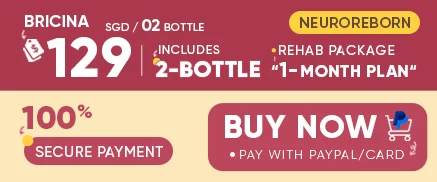
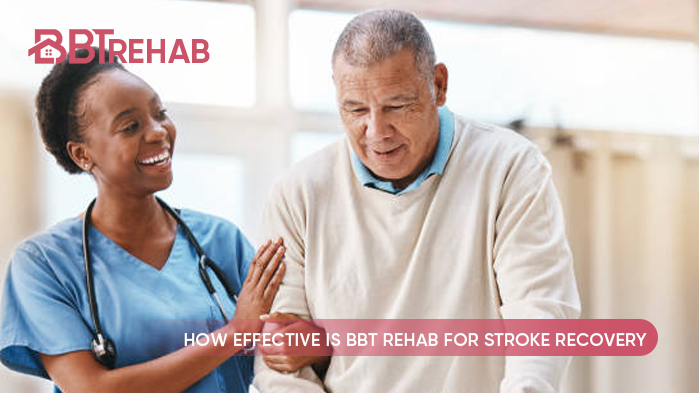


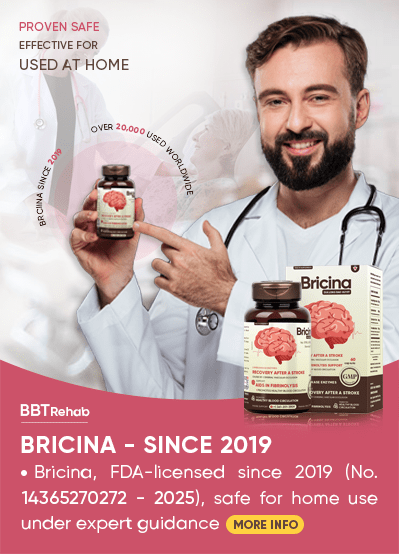

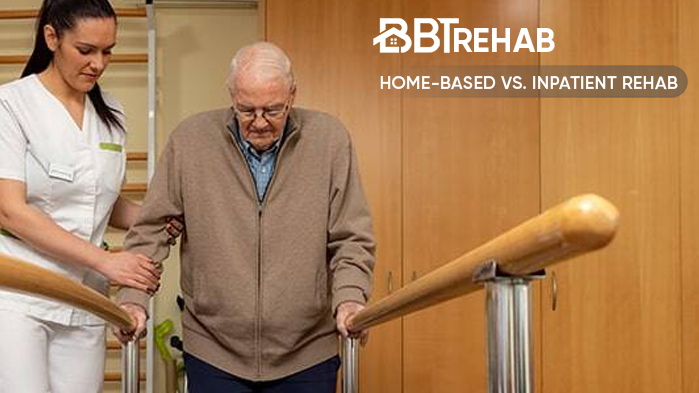

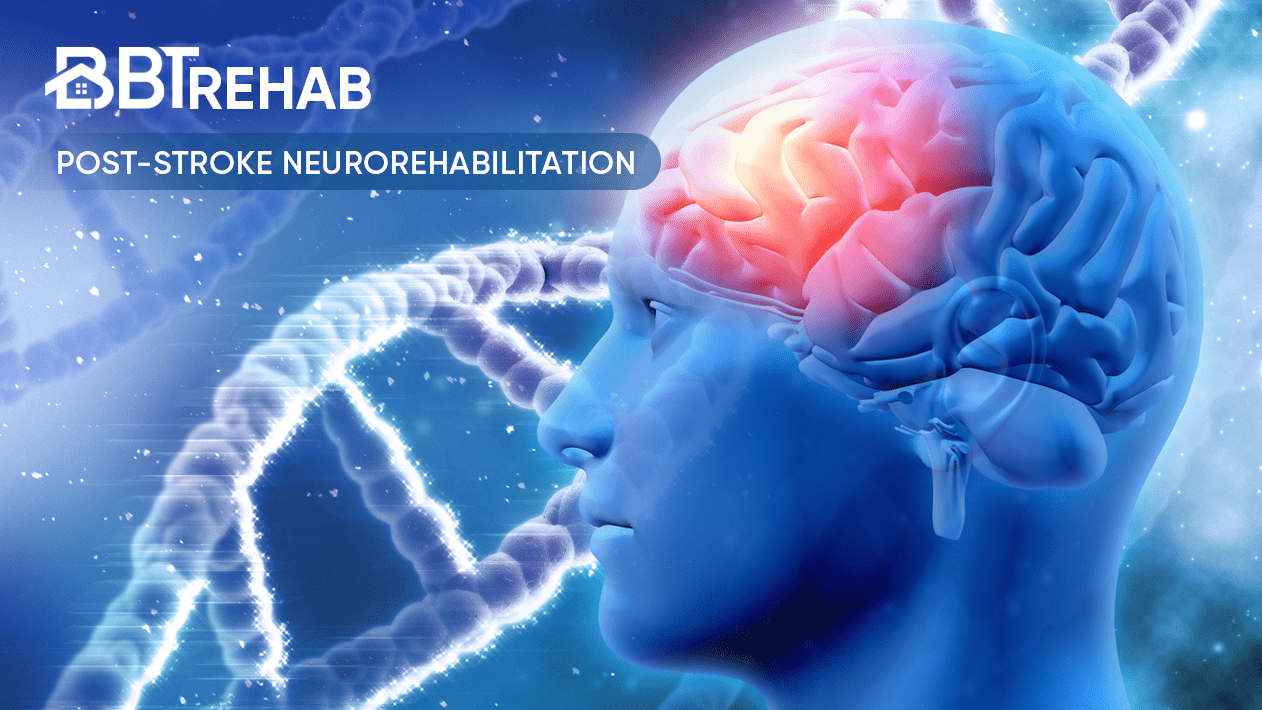
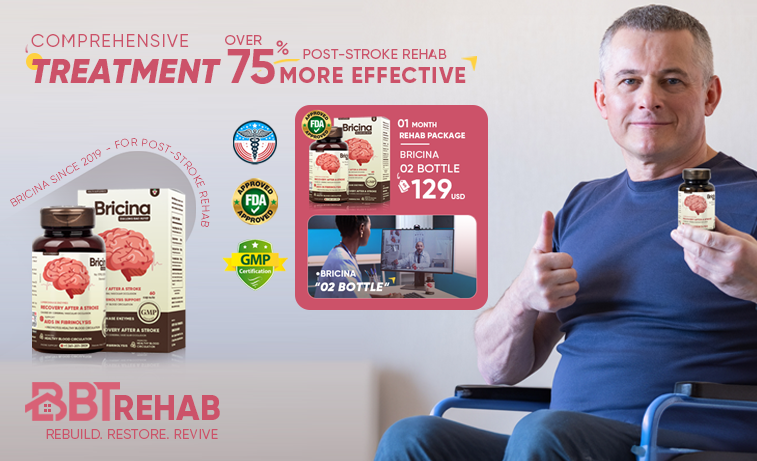

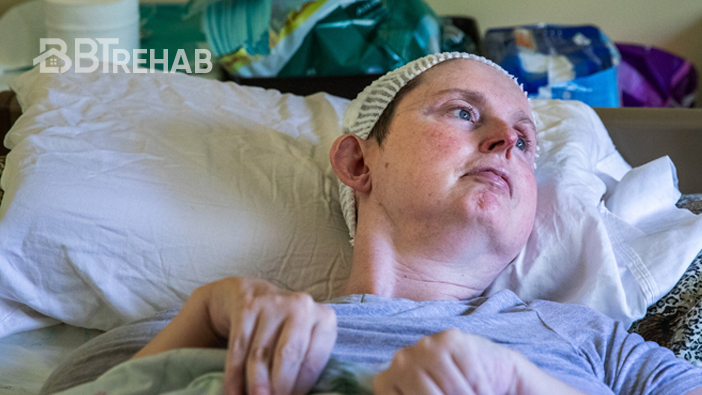


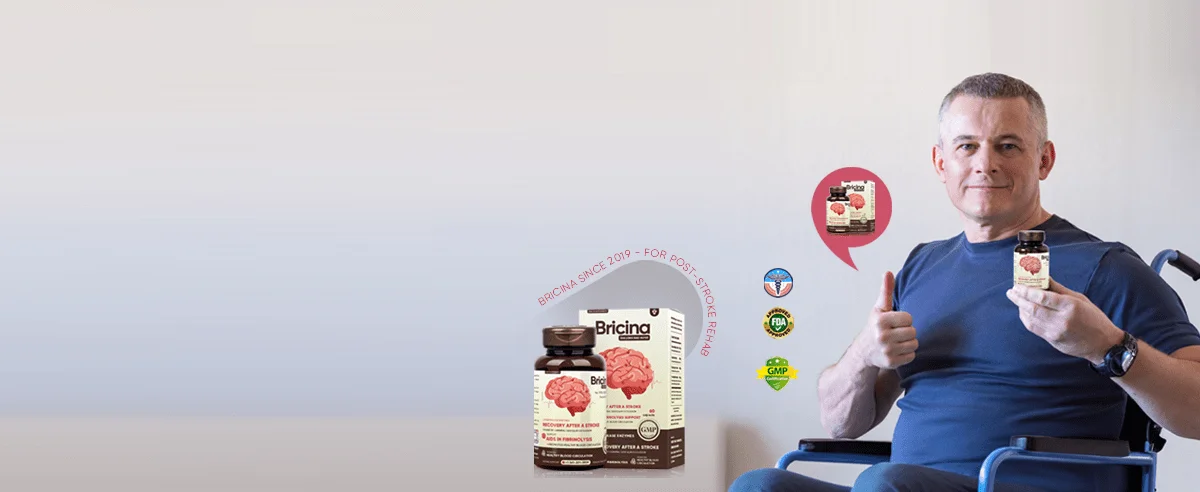

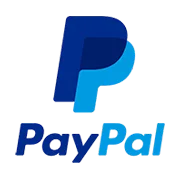
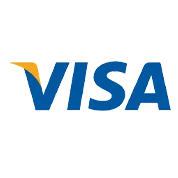
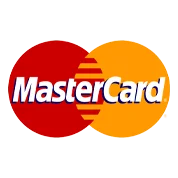


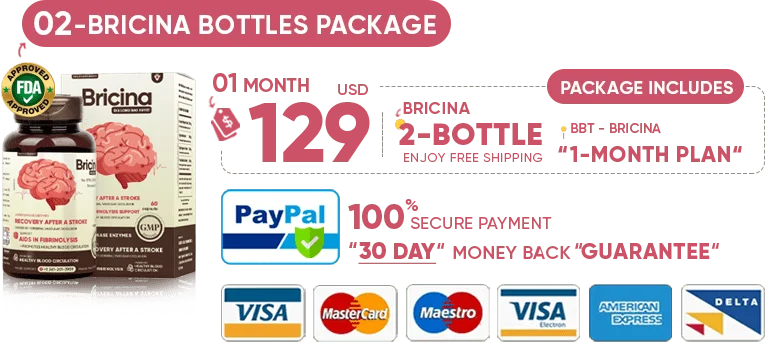
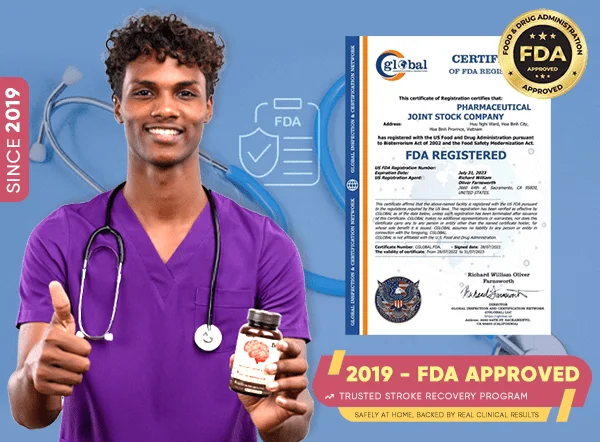 Every component undergoes rigorous safety and performance checks, ensuring stroke survivors receive a trusted and effective home-based rehabilitation solution.
Every component undergoes rigorous safety and performance checks, ensuring stroke survivors receive a trusted and effective home-based rehabilitation solution.